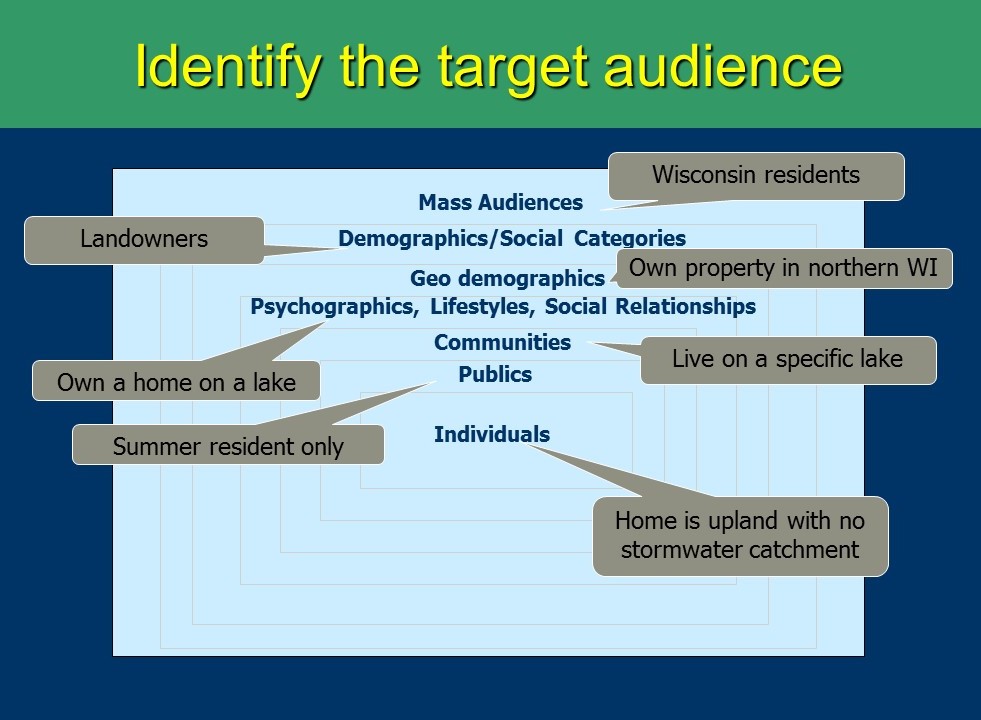
Understanding Your Audience: A Crucial Element in Business Success
In the dynamic landscape of business, the identification of your target audience is a fundamental step that significantly influences your growth and success. Let’s delve into key strategies for effective target audience identification.
1. The Foundation of Business Strategy
Identifying your target audience is akin to laying the foundation for a sturdy building. It forms the basis of your business strategy, guiding decisions on product development, marketing campaigns, and customer engagement.
2. Demographics: Beyond the Basics
Demographic factors like age, gender, and location provide an initial framework. However, a deeper understanding involves delving into psychographics, behavior patterns, and preferences, offering a holistic view of your audience.
3. Crafting Personas for Precision
Developing buyer personas adds a human touch to your target audience. Create detailed profiles representing different segments, incorporating aspects such as interests, challenges, and aspirations. This helps personalize your approach.
4. Utilizing Data Analytics
In the digital age, data is a goldmine. Leverage analytics tools to gather insights into customer behavior. Analyzing online interactions, purchase histories, and social media engagements refines your understanding of your audience.
5. Listening to Social Signals
Social media is a treasure trove of information. Actively listen to what your audience discusses, their preferences, and feedback. This real-time interaction aids in adjusting your strategies promptly.
6. Surveys and Feedback Loops
Direct feedback is invaluable. Conduct surveys, interviews, and feedback sessions to gather firsthand insights. Understanding the pain points and expectations of your audience allows you to tailor your offerings.
7. Staying Agile in Adaptation
Market dynamics evolve, and so should your understanding of your audience. Maintain agility in adapting your strategies based on emerging trends, technological shifts, and changes in consumer behavior.
8. Competitive Analysis for Distinction
Analyzing competitors offers a comparative perspective. Identify gaps in their audience targeting and explore opportunities to stand out by catering to unmet needs within your niche.
9. Nurturing Customer Relationships
Building lasting relationships with your audience involves continuous engagement. Offer value through content, exclusive offers, and personalized communication to foster loyalty.
10. The Link to Business Growth
Linking back to business growth, a well-defined target audience streamlines your marketing efforts. It ensures that every initiative resonates with those most likely to convert, maximizing your return on investment.
Conclusion
In the intricate tapestry of business, the thread of target audience identification weaves through every successful venture. By employing these strategies, you pave the way for a more profound connection with your audience, fostering growth and longevity.
Learn more about effective target audience identification here.